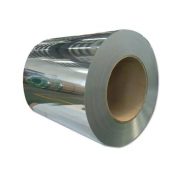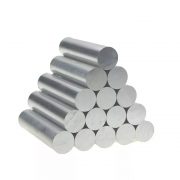Stainless Steel Strip is an austenitic chromium-nickel-manganese stainless steel that offers electromagnetic properties like electrical resistivity, magnetic permeability & electrical conductivity and Young’s Modulus of Elasticity. We offer these stainless steel strips in various material grades such as Stainless Steel 304 Strips, Stainless Steel 310 Strips, Stainless Steel 316 Strips, Stainless Steel 904 Strips and many more.
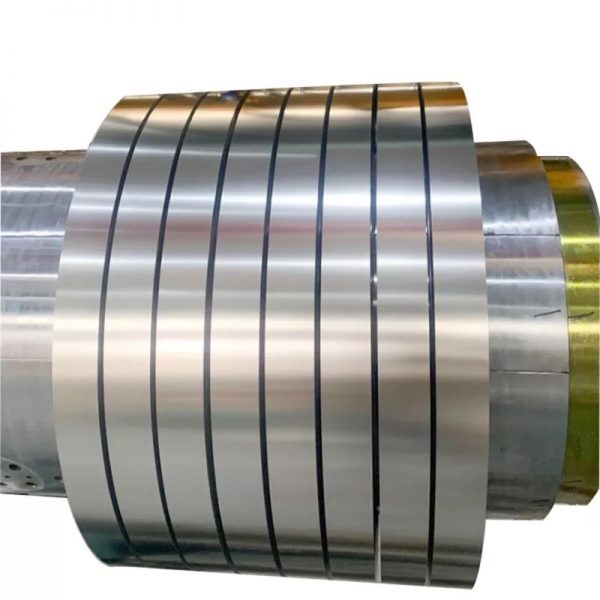
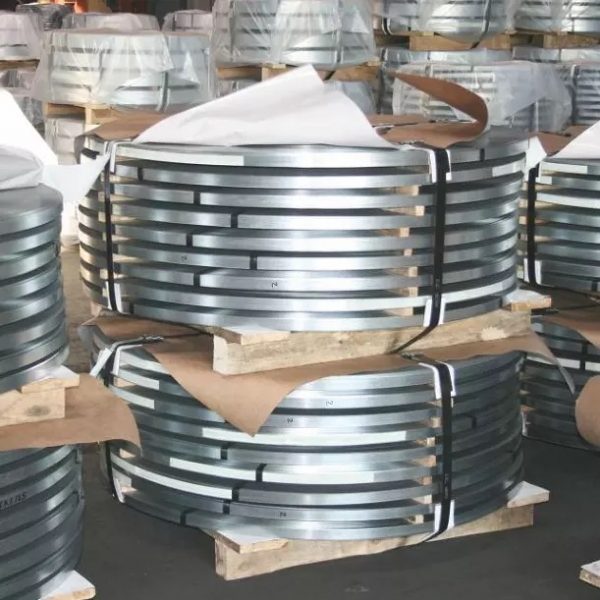
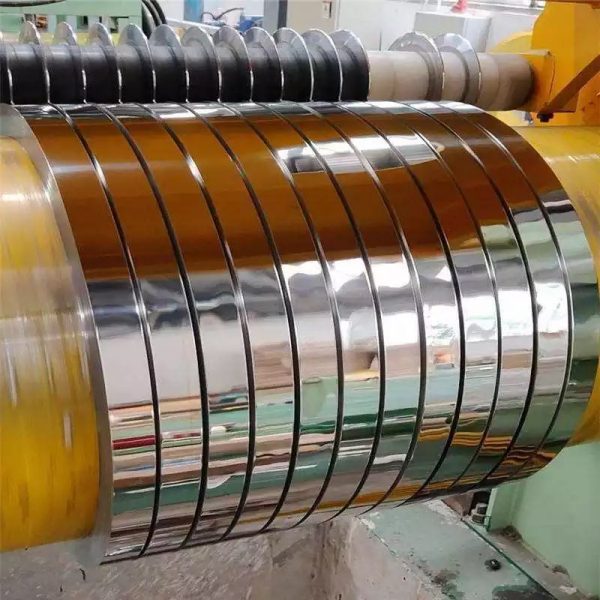

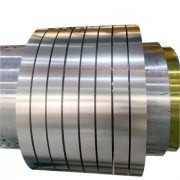
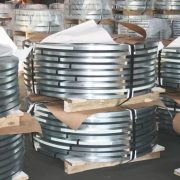
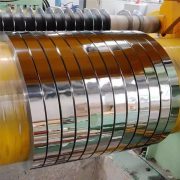

Stainless Steel Strips
tainless steel is the name given to a group of corrosion resistant and high temperature steels. Their remarkable resistance to corrosion is due to a chromium-rich oxide film which forms on the surface. When ordinary carbon steel is exposed to rain water, for example, it corrodes forming a brown iron oxide, commonly called rust, on the surface. This is not protective and eventually the entire piece of steel will corrode and be converted to rust. But when enough chromium (more than about 10%) is added to ordinary steel, the oxide on the surface is transformed – it is very thin, virtually invisible and protective in a wide range of corrosive media. This is what we call stainless steel and there are several different types, and many different grades.
The manufacture of quality stainless steel, from heat to heat and year to year, demands precise control of raw material ingredients and melting practices. Exact quantities of presorted scrap and alloying elements are delivered to the mills’ melting furnaces so that the heats or lots will be within specified composition ranges. Those composition ranges typically include a group of chemical elements for each grade of stainless steel.
- Description
- Types of Stainless Steel Strips
- Inquiry

|
Product Name
|
Stainless Steel Strip
|
|
Technology
|
Hot Rolled Industrial Stainless Steel Strip
|
|
Cold Rolled Decorative Stainless Steel Strip
|
|
|
Material
|
201,202,301,302,304,304L,310S,316,316L,321,430,430A,309S,2205,2507,2520,430,410,440,904L etc, Or Customized
|
|
Thickness
|
Cold rolled 0.05-3 mm; Hot rolled 3-10 mm
|
|
Length
|
Customer’s Requirement
|
|
Width
|
10-2000 mm or as request
|
|
Surface
|
BA/NO.1/NO.3/NO.4/8K/HL/1D
|
|
Standard
|
JIS AISI ASTM GB DIN EN
|
|
Certifications
|
CE, ISO9001
|
|
Packing
|
Water proof and Seaworthy package
|
|
Payment terms
|
L/C/ T/T (30% DEPOSIT) Or Upon negotiation
|
|
Stock
|
Enough Stock
|
|
Grade
|
C
|
Si
|
Mn
|
P
|
S
|
Ni
|
Cr
|
Mo
|
|
201
|
≤0.15
|
≤0.75
|
5.5-7.5
|
≤0.06
|
≤ 0.03
|
3.5-5.5
|
16.0-18.0
|
–
|
|
301
|
≤0.15
|
≤1.0
|
≤2.0
|
≤0.045
|
≤ 0.03
|
6.0-8.0
|
16.0-18.0
|
–
|
|
304
|
≤0.08
|
≤1.0
|
≤2.0
|
≤0.045
|
≤ 0.03
|
8.0-10.5
|
18.0-20.0
|
–
|
|
304L
|
≤0.03
|
≤1.0
|
≤2.0
|
≤0.035
|
≤ 0.03
|
9.0-13.0
|
18.0-20.0
|
–
|
|
316
|
≤0.08
|
≤1.0
|
≤2.0
|
≤0.045
|
≤ 0.03
|
10.0-14.0
|
16.0-18.0
|
2.0-3.0
|
|
316L
|
≤0.03
|
≤1.0
|
≤2.0
|
≤0.045
|
≤ 0.03
|
12.0-15.0
|
16.0-18.0
|
2.0-3.0
|
|
321
|
≤0.08
|
≤1.0
|
≤2.0
|
≤0.035
|
≤ 0.03
|
9.013
|
17.0-1 9.0
|
–
|
|
410
|
≤0.15
|
≤1.0
|
≤1.0
|
≤0.035
|
≤ 0.03
|
–
|
11.5-13.5
|
–
|
|
430
|
≤0.12
|
≤0.75
|
≤1.0
|
≤0.040
|
≤ 0.03
|
≤0.60
|
16.0-18.0
|
–
|


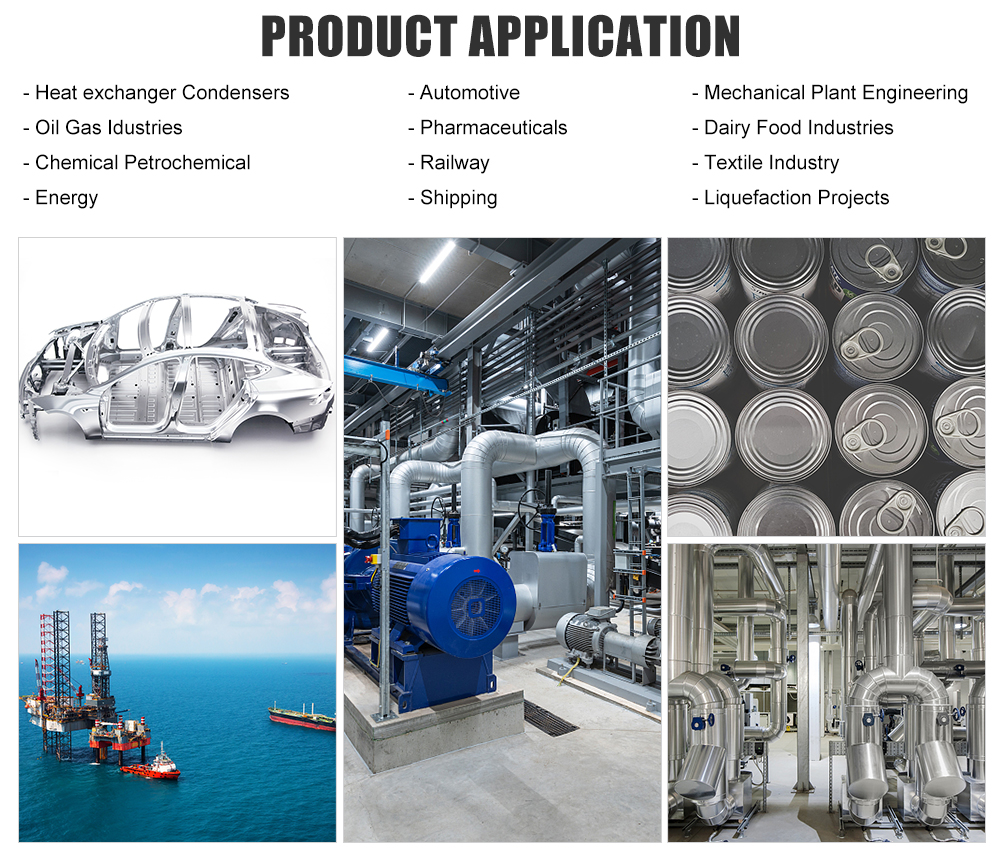
The basic composition of stainless steel is iron (Fe) and chromium (Cr). This is the simplest form of stainless steel, with this family known as the ferritic stainless steels because their crystal structure is called ferrite. (This is also the structure of mild steel.) The ferritic stainless steels are magnetic like ordinary steel. A commonly used grade is Type 430 (S43000) which is used for automotive trim and inside dishwashers and clothes dryers. They are often the least expensive stainless steels but can be more difficult to form and weld.
If you wish to make carbon steel strong and hard, such as for a drive shaft or wear plate, the mill might increase the carbon content, and then heat treat the steel by quenching and tempering it. The same can be done with stainless steel – if the carbon content of ferritic stainless steels is increased, it produces the family of martensitic stainless steels, used for items such as knives, razor blades and corrosion resistant bearings. Martensitic grades are strong and hard, but are brittle and difficult to form and weld. Type 420 (S42000) is a typical example. Like ferritic stainless steels, martensitic stainless steels are magnetic.
The majority of stainless steels contain nickel (Ni), which is added for a number of reasons but particularly to change the crystal structure from ferrite to austenite. Austenitic stainless steels are ductile, tough and, most importantly, easy to form and weld. These steels are not magnetic in the annealed condition. The most common example is Type 304 (S30400) or “18/8” – the most widely used stainless steel in the world. The lower carbon version, Type 304L (S30403) is always preferred in more corrosive environments where welding is involved. There are numerous applications for this grade, ranging from domestic kitchen sinks and building facades to commercial food processing equipment and chemical plant piping.
Molybdenum (Mo) is added to some stainless steels to increase their corrosion resistance, particularly in marine and acidic environments. It increases an alloy’s pitting and crevice corrosion resistance. These corrosion forms are caused by the common and highly aggressive chloride ion (Cl¯), which is present in salts, such as sea salt and table salt. When 2-3% molybdenum is added to Type 304 or 304L, it creates Type 316 (S31600) or 316L (S31603) stainless steel. They are sometimes referred to as the marine grades of stainless steel, since they are widely used for items such as boat fittings. They are also known as the acid resistant grades, since they have better corrosion resistance in some acids such as sulphuric acid. But their range of applications is wide, from building facades in aggressive atmospheres to piping onboard chemical tankers.
Halfway between the ferritic and austenitic stainless steels is a family called the duplex stainless steels, which are about 50% ferrite and 50% austenite. Because of this duplex structure, they are resistant to stress corrosion cracking which can affect the austenitic stainless steels in hot waters containing chlorides. The most common duplex stainless steel is 2205 (including both S31803 and S32205) and it is used in many applications such as hot water tanks.
Nitrogen (N) is added to some stainless steels, but is very important in duplex grades. It has several beneficial effects. Like nickel, nitrogen promotes austenite (especially important for welding) and, like molybdenum, it improves resistance to pitting and crevice corrosion. It also increases strength. Duplex stainless steels are inherently stronger, but a grade such as 2205, which contains about 0.15% nitrogen, has over twice the yield strength of Type 316L. Thus, 2205 is commonly used in tanks for seagoing chemical tankers where both strength and corrosion resistance are required, and for components such as rods and connectors for glass curtain walls in public buildings where the high strength means that the components can be small and so make the structure seem lighter and more transparent.
There is one more family – the precipitation hardening stainless steels. This is a specialized family which has very high strength achieved by adding elements such as copper, which form very fine particles during heat treatment. They generally have slightly higher corrosion resistance than the martensitic stainless steels but, at best, they have slightly less resistance than Type 304. They are commonly used in the aerospace and defence industries, but also find use in items such as pump shafts. 17-4PH (S17400) is a typical example.
In addition to the common grades mentioned above, there are many more specialized grades of stainless steel for applications which require greater corrosion resistance or higher strength. Three examples are Alloy 904L (N08904), which was originally developed for sulfuric acid service, the super-austenitic grade Alloy 254 (S31254), representing a group of 6% Mo stainless steels; and the grade Alloy 2507 (S32750), representing a group of super-duplex alloys. The last two are ‘seawater resistant’ – they will not suffer pitting or crevice corrosion when immersed in ambient temperature seawater. There are also grades developed for such special needs as improved machinability. Cast versions of most wrought grades are also available, usually slightly modified to improve castability.
Nickel-containing stainless steels and nickel alloys play an important role in providing corrosion resistant, and hence leak resistant, materials of construction for projects internationally. Some of these materials also play a critical role in handling gas production, particularly in liquefied form, thus helping to develop difficult-to-access gas reserves.
Related Products
-
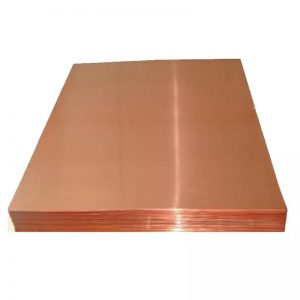
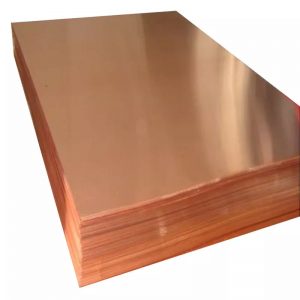 Read MoreQuick View
Read MoreQuick ViewCopper Sheet
Copper sheet is a very workable and malleable form of metal, high in electrical and thermal conductivity, and provides excellent corrosion resistance. A beautiful and versatile metal, copper has been utilized for thousands of years. Historically, it served as a favorite choice in making tools, vessels, and sculptures. Copper is also known for its beautiful patinas. When exposed, unsealed, to an outdoor environment, copper begins to oxidize. This exposure creates beautiful color variations in the form of a patina. The coloring of the patina will change and develop character over time while serving to protect the metal from deterioration. People will also create a patina quickly with the use of chemical mixtures that speed the process up and allow a patina to develop without outdoor exposure. Copper sheets can also be hammered, tooled, or embossed for added texture and decorative or functional appeal and come in many thicknesses from very thin copper foil to thick copper plate. It also comes in many alloys that blend other metals with copper. At Grand Copper, we sell pure copper -C110 (other alloys and tempers available upon request). This high purity provides the premium quality needed for projects and applications in a wide range of industries and uses. We take pride in providing the best material. Our high-quality, affordable material and friendly, first-rate customer service have made us a leader in the industry for over a decade.
-
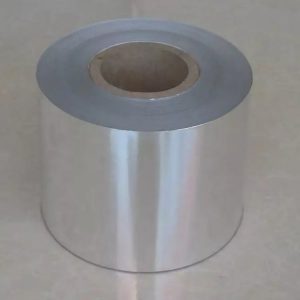
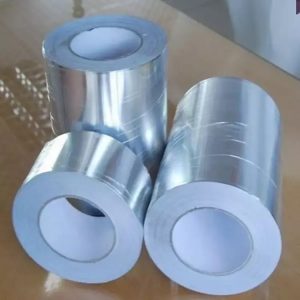 Read MoreQuick View
Read MoreQuick ViewAluminium foil
Aluminium foil is aluminium prepared in thin metal leaves with a thickness of less than 0.2mm (7.9 mils); thinner gauges down to 4 micrometers are also commonly used. Standard household foil is typically 0.016 mm (0.63 mils) thick, and heavy-duty household foil is typically 0.024 mm (0.94 mils). And the air conditioner foil can be thinner than 0.0047mm, and some food foil thinner than 0.002mm. The foil is pliable and can be readily bent or wrapped around objects. Thin foils are fragile and are sometimes laminated with other materials such as plastics or paper to make them stronger and more useful. It’s used industrially for a variety of purposes, including packing, insulation and transportation. At home, people use aluminum foil for food storage, to cover baking surfaces and to wrap foods, such as meats, to prevent them from losing moisture while cooking.
-
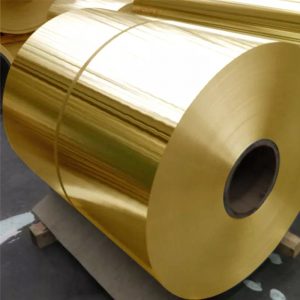
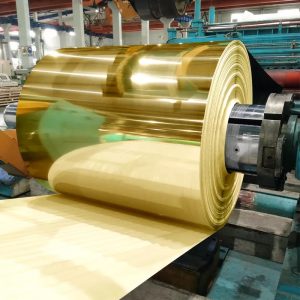 Read MoreQuick View
Read MoreQuick ViewBrass Coil
Brass coil has excellent plasticity (best in brass) and high strength, good machinability, easy to weld, very stable to general corrosion, but prone to corrosion cracking; brass coil is copper and the alloy of zinc is named for its yellow color.
The mechanical properties and wear resistance of the brass coil are very good, and can be used to manufacture precision instruments, ship parts, shells of guns, etc. Brass knocks up and sounds good, so instruments such as cymbals, cymbals, bells, and numbers are made of brass. According to the chemical composition, brass is divided into ordinary copper and special brass.
-
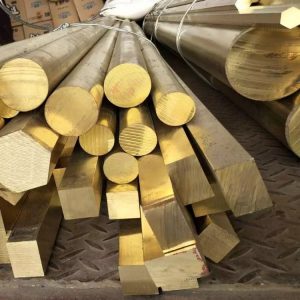
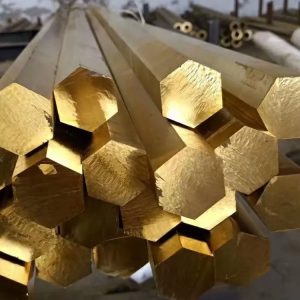 Read MoreQuick View
Read MoreQuick ViewBrass Bar
-
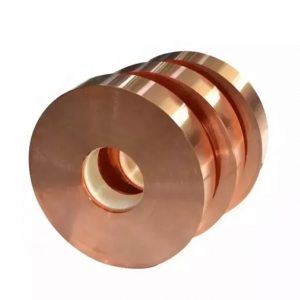
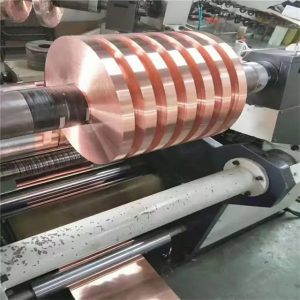 Read MoreQuick View
Read MoreQuick ViewCopper Strips
Copper strips have high electrical and thermal conductivity, that’s why copper strips are the best for transformer winding.
What’s more, copper strips transfer heat more effectively than other metals strips.
Copper strips are more malleable and have high tensile strength. Corrosion resistance, high degree stability, and heat dissipation of copper strips are superior to other metals.
Copper strips are mostly used in the electrical and electronics sectors because copper is non-magnetic and non-sparking. Copper strips are mostly used in heat exchangers, transformers winding, condensers, and lightning conductors.
Copper strip thickness range from 0.03mm to 3.0mm. Copper strips can be manufactured in different widths and thicknesses per the customer’s requirement.
If any questions, please feel free to contact sales@grandsteeltube.com
-
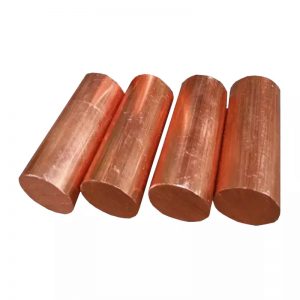
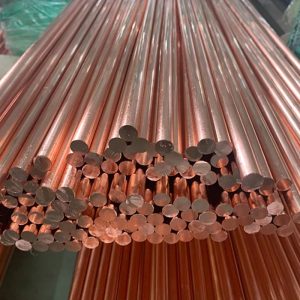 Read MoreQuick View
Read MoreQuick ViewCopper Rod
Copper bar is a kind of non-ferrous metal processing bar, which has better processing performance and high conductivity. It is mainly divided into brass rod (copper zinc alloy, cheaper), purple copper rod (higher copper content).
Brass rod is a rod shaped object made of copper and zinc alloy, named for its yellow color. The melting point of brass, which contains 56% to 68% copper, is 934 to 967 degrees. Brass has good mechanical properties and wear resistance, and can be used to manufacture precision instruments, ship parts, gun casings and so on. Used in air conditioning pipe, refrigerator pipe, oil pipe, water supply pipe and all kinds of mechanical materials, automotive synchronizer gear ring, Marine pump, valve, structural parts, friction accessories, etc.
Purple copper rod is named for its purple red color. It has good electric conductivity, heat conduction, corrosion resistance and processing properties. It can be welded and brazed. Characteristics: high purity, fine structure, low oxygen content. No porosity, trachoma, loose, excellent electrical conductivity, high precision of electroetching mold surface, after heat treatment process, no direction of the electrode, suitable for fine play, fine play, with good thermoelectric channel, processability, ductility, corrosion resistance and weather resistance.
-
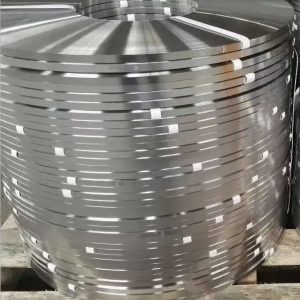
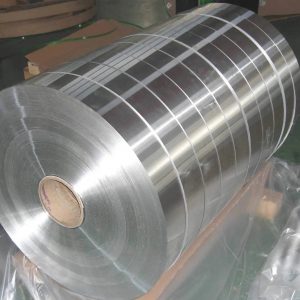 Read MoreQuick View
Read MoreQuick ViewStainless Steel Strips
Hot Rolled Stainless Steel Strips are produced from hot rolling billets or slabs and then use a cold rolling process. These processes improve strips mechanical properties such as stiffness coefficient and flexibility. Cold Rolled Stainless Steel Strips are obtained from annealed and pickled by cold rolling on polished rolls. As per the required thickness, cold rolling requires a number of passes through mill to effect reduction.
We supply SS Strips in various industries including food industries, chemical, electrical, generator, shaft, cement & gas industries. The offered these Stainless Steel Strips in standards as well as customized dimensions as per the client’s requirement.
-
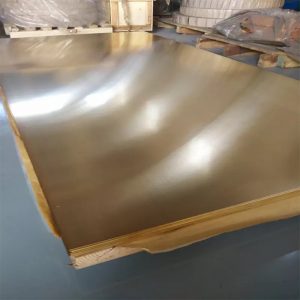
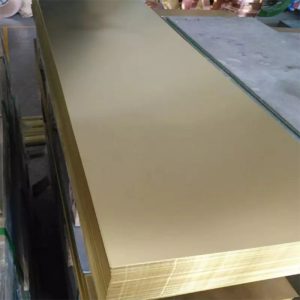 Read MoreQuick View
Read MoreQuick ViewBrass Sheet
Brass Sheet based on electrolytic copper, zinc and trace elements as its raw material, through processing by ingot, hot rolling, cold rolling, heat treatment, surface cleaning, cutting, finishing, and then packing. Material processes performance, plasticity, mechanical properties, corrosion resistance, performance and good tin.
It has been widely used in electrical, automotive, communications, hardware, decoration and other industries.
-
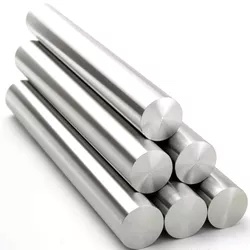
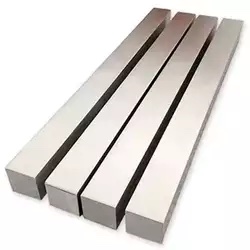 Read MoreQuick View
Read MoreQuick ViewStainless Bar
A stainless steel bar stock is often used for production line machinery or in other industrial settings where durability is required. Stainless steel round bar types can be found in many different shapes such as hexagon, square, or round bars. Stainless bar stock is a material that is non-corrosive, corrosion resistant, and durable. It can be used in a variety of industries such as automotive, aerospace, construction, and manufacturing.
Stainless steel bar stock is the highest quality type of stainless steel in the industry. They are made with high-quality materials that make them resistant to corrosion and other environmental conditions. The stainless bar stock also has greater tensile strength than other types of stainless steel.
Stainless steel round rod products or round bars are commonly used for manufacturing products like car rims, motorcycle rims, bicycle rims, and more. These types of bars are typically made by rolling up sheets of stainless steel into long tubes before welding them together at the ends to create round rods or round bars that can be cut into smaller pieces
-
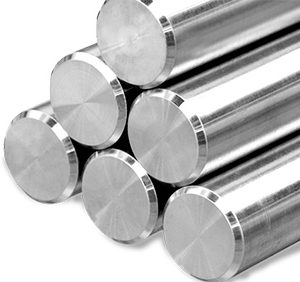
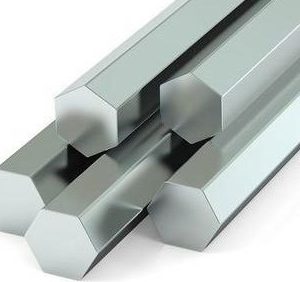 Read MoreQuick View
Read MoreQuick ViewTitanium Bar
- DIN2391 Precision Steel Tube
- EN10305-1/4 Precision Steel Tube
- EN10305-2/3/5/6 Precision Tubes
- SAE Series Precision Tubes
- ISO8535-1 Fuel Injection Tube
- Single/Doulbe Wall Bundy Tube
- Boiler & Pressure Steel Tubes
- Seamless Honed/SRB Steel Tube
- Stainless Capillary Steel Tubes
- Seamless Stainless Tubes & Pipes
- Welded Stainless Tubes & Pipes
- Injection & Control Line Tubes
- Nickel Alloy Tubes & Pipes
- Non-ferrous Capillary Tubes
- Aluminium Tubes & Pipes
- Brass Tubes & Pipes
- Copper Tubes & Pipes
- Titanium Tubes & Pipes
- Extruded/Welded Fin Tube
- Non-Ferrous Precision Tube
- Special Shaped Steel Tubes
- Metallic Coil/Foil/Sheet/Strip

